Intro
Discover how Ondansetron works to prevent nausea and vomiting, exploring its mechanisms as a serotonin antagonist, affecting gut motility, and blocking chemoreceptors, to provide relief from chemotherapy-induced and post-operative side effects.
The world of medicine is filled with a multitude of drugs, each designed to combat specific ailments and conditions. Among these, ondansetron stands out as a highly effective medication, particularly in the realm of managing nausea and vomiting. These symptoms can arise from a variety of sources, including chemotherapy, radiation therapy, and surgery, significantly impacting a patient's quality of life. Understanding how ondansetron works is crucial for both medical professionals and patients alike, as it can provide insights into its benefits, potential side effects, and how it can be best utilized in treatment plans.
Ondansetron is a serotonin 5-HT3 receptor antagonist, which means it works by blocking the action of serotonin, a natural substance that may cause nausea and vomiting. This mechanism of action is unique and highly effective, making ondansetron a preferred choice for managing acute nausea and vomiting. The drug's ability to selectively target serotonin receptors in the vagus nerve, the chemoreceptor trigger zone in the central nervous system, and the gut, makes it particularly adept at preventing the signals that would otherwise lead to nausea and vomiting.
The importance of ondansetron cannot be overstated, especially in the context of cancer treatment and post-operative care. For patients undergoing chemotherapy or radiation therapy, nausea and vomiting can be severe side effects that not only affect their physical well-being but also their mental health and adherence to treatment. Similarly, in surgical settings, preventing post-operative nausea and vomiting is crucial for patient comfort and to prevent complications. Ondansetron's efficacy in these areas has made it an indispensable tool in modern medicine, offering patients a better quality of life during and after treatment.
Introduction to Ondansetron
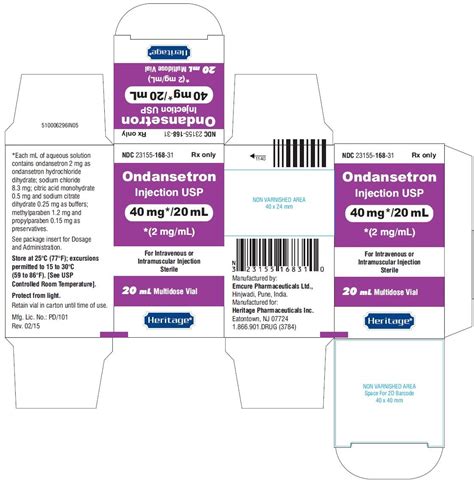
Pharmacological Profile
The pharmacological profile of ondansetron is characterized by its high selectivity for serotonin 5-HT3 receptors. This selectivity is what allows ondansetron to effectively prevent nausea and vomiting without affecting other bodily functions. The drug is well absorbed orally, reaches peak plasma concentrations within a couple of hours, and has a half-life that allows for once or twice daily dosing, making it convenient for patients. Its metabolites are primarily excreted in the urine, and it does not significantly interact with other drugs, further enhancing its safety profile.Mechanism of Action
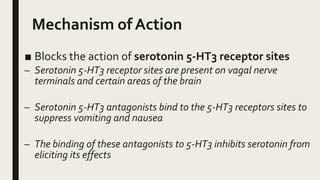
Clinical Applications
The clinical applications of ondansetron are diverse and primarily centered around the prevention and treatment of nausea and vomiting associated with: - **Chemotherapy:** Ondansetron is highly effective in managing acute nausea and vomiting induced by chemotherapy. It is often used in combination with other antiemetic agents for optimal control. - **Radiation Therapy:** For patients undergoing radiation therapy, especially to the abdomen or chest, ondansetron can prevent the nausea and vomiting that often accompanies this treatment. - **Surgery:** Post-operative nausea and vomiting (PONV) can be effectively managed with ondansetron, improving patient comfort and reducing the risk of complications.Benefits and Side Effects
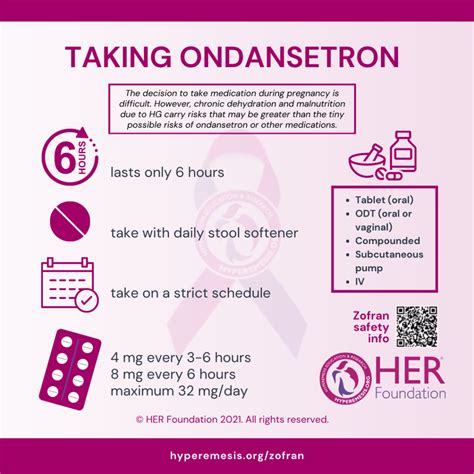
Despite these potential side effects, the overall benefit of ondansetron in improving the quality of life for patients undergoing treatments that induce nausea and vomiting cannot be overstated.
Practical Considerations
In practice, the use of ondansetron must be tailored to the individual patient's needs. This includes considering the specific cause of nausea and vomiting, the patient's medical history, and potential drug interactions. For example, ondansetron can be used in combination with other antiemetic agents to achieve better control of nausea and vomiting in certain contexts.Dosing and Administration
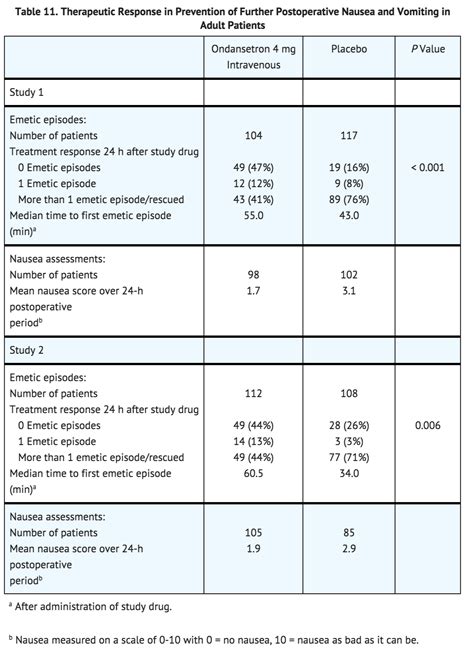
Patient Education
Educating patients about ondansetron is crucial for its effective use. Patients should understand the importance of taking the medication as directed, potential side effects, and when to seek medical help. Additionally, informing patients about the signs of serotonin syndrome, a rare but serious condition that can occur with the use of serotonin antagonists like ondansetron, is vital.Future Directions
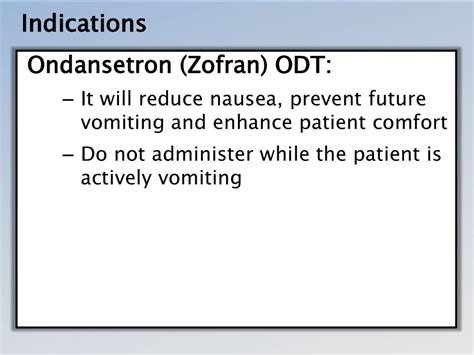
Conclusion and Next Steps
In conclusion, ondansetron represents a significant advancement in the management of nausea and vomiting. Its efficacy, safety profile, and convenience have made it a cornerstone in the care of patients undergoing chemotherapy, radiation therapy, and surgery. As research continues to uncover new aspects of its mechanism of action and potential applications, the future of ondansetron and related antiemetic therapies looks promising.What is ondansetron used for?
+Ondansetron is primarily used to prevent nausea and vomiting caused by cancer chemotherapy, radiation therapy, and surgery.
How does ondansetron work?
+Ondansetron works by blocking the action of serotonin, a natural substance that may cause nausea and vomiting, at serotonin 5-HT3 receptors.
What are the common side effects of ondansetron?
+Common side effects include headache, dizziness, constipation, and injection site reactions for the injectable form.
We invite you to share your thoughts and experiences with ondansetron in the comments below. If you found this article informative, please consider sharing it with others who might benefit from this information. Together, we can work towards improving the care and comfort of patients managing nausea and vomiting.
